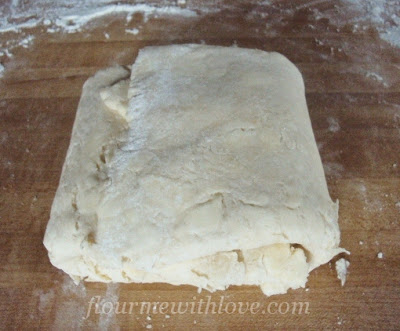

Knowledge is (flour) power! Choose the right flour and see the results in the taste and texture of your baking.This is my favourite, go-to gluten free flour blend, and you can use it in everything from cakes and cookies to brownies and all sorts of pastry. On the other hand, sugar and fat naturally decrease gluten formation, which is good news for your chocolate chip cookies. Or, if you leave out the salt from your challah, it won’t rise as well. That’s why, for example, if you knead all-purpose flour thoroughly, it will make an adequate bread or yeast dough. There are other factors that can affect the gluten in your final product. Yeast Cake with Poppy, Chocolate, or Honey Filling

Homemade Pizza with Toppings Extravaganza Follow the instructions on the package to know how much to add. Substitutions: If you can’t find bread flour, Naomi Elberg, founder of TGIS Challah, recommends adding “bread improver” or “vital wheat gluten” to all-purpose flour to compensate for the lower gluten content. The high protein content in bread flour gives elasticity, structure, and a strong rise to yeast doughs. For cakes, cookies, or pie crusts, you can use pastry or cake flour, but don’t try them with bread or pizza dough. You can sub bread flour for most recipes, but don’t over-mix, which will create more gluten. Substitutions: Substitutions depend on what you’re making.

If a recipe calls for plain flour, it means all-purpose.īut, really, all-purpose flour can be used for ANY dough, including cakes, cookies, pie crusts, and even breads and other yeast doughs. Your go-to flour, all-purpose flour can be used successfully in any recipe. Substitutions: To make your own pastry flour, mix 1 and 1/3 cups of all-purpose flour with 2/3 cup cake flour. Pastry flour’s gluten content is low enough to produce perfect flaky crusts, but high enough for tender, chewy cookies. Replace those two tablespoons with cornstarch. Substitutions: For one cup of cake flour, measure one cup minus two tablespoons of all-purpose flour. With the lowest-protein content, cake flour produces the least gluten, leading to soft, moist, melt-in-your-mouth cakes. Here are four types of flour listed from the lowest-protein content to the highest: By choosing flour based on its gluten content, we can get the best results from our baking. Higher-protein flour produces chewier, stronger doughs like pizza or challah. Low-protein flours produce more delicate or flaky baked goods like cakes or pie crusts. These structures allow the dough to rise, stretch, and hold its shape. They form slinky-looking structures that can expand without breaking. But when we add water to the gluten, the molecules bond with each other. When wheat protein is dry, it’s just a powder. These days, gluten gets a bad rap, but we need gluten in baked goods to give them structure and texture. Each type of wheat (or a combo) is milled to make flours with specific protein content. Hard red winter wheat has more protein, while soft white wheat has less. While we think of flour as a carbohydrate, and rightly so, wheat contains protein, too.īut all wheat is not the same. The main difference between flours is how much protein they have. Flours all look the same, but they react differently when you bake. The proportions of leavening agents like baking powder or baking soda COUNT.Įven the flour you choose can visibly affect your final product. The ratio of dry ingredients to liquid MATTERS. Many of us learned the hard way that you need to be exact when you bake. By: Esther Pransky, Lubicom Marketing StaffĬooking may be an art, but baking is a science.


 0 kommentar(er)
0 kommentar(er)
